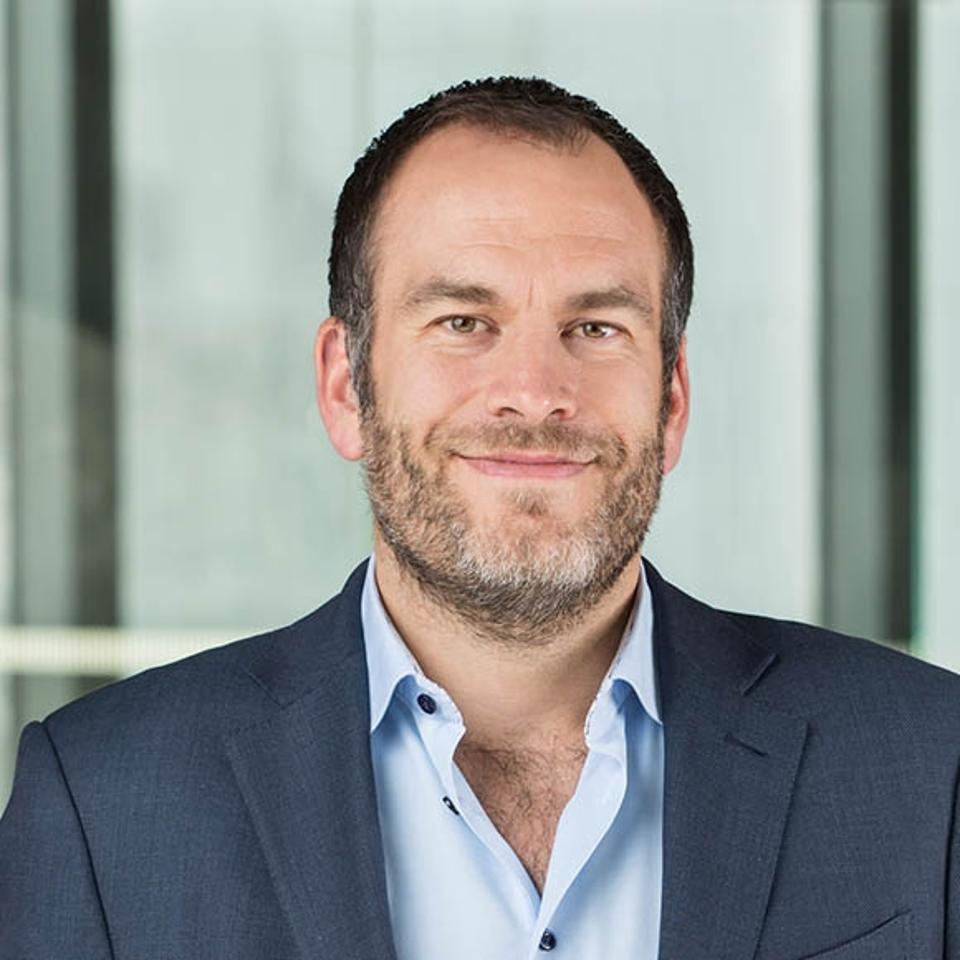Private equity group Kimmeridge is combining assets into an integrated operator to be called Caturus.
Amid his whirlwind tariff talks, President Donald Trump in recent months has extracted promises from international leaders that their countries will recycle greenbacks into buying hundreds of billions worth of American energy. The European Union last month pledged to buy $700 billion of American energy products. In April the United Arab Emirates offered to invest $1.4 trillion into the U.S., up from about $70 billion today.
Already on the hunt, Mubadala Energy (part of the UAE’s $330 billion sovereign wealth fund) has acquired a 24% stake in a venture being launched by the $6 billion assets private equity group Kimmeridge.
The new company, called Caturus Energy, is a tie up of two Kimmeridge investments — a Louisiana liquefied natural gas export project called Commonwealth LNG, plus the fast-growing natural gas driller Kimmeridge Gas Texas. The idea, says Kimmeridge co-founder Ben Dell, is to forge a gas business integrated “from well to water.”
The upstream side is run by Dave Lawler, former head of BP’s onshore U.S. business, whose team has had success drilling and fracking ultradeep, high-pressure gas wells in area between Encinal and the border town of Laredo. They now produce 600 million cubic feet per day (the energy equivalent of 100,000 barrels of oil) from about 200,000 acres here that they spent two years acquiring. With more than 1,000 drilling locations, Lawler expects to double volumes by 2029.
That would give Caturus enough gas to supply its eventual downstream needs — at Commonwealth LNG in Cameron, La. For a decade Kimmeridge has backed development of Commonwealth, which in February received its export license from the Dept. of Energy, followed by final authorizations from the Federal Energy Regulatory Commission in June. Caturus already has 20-year contracts with the likes of Glencore, Jera and EQT to take 6 million tons per year of the planned 9 million tpa capacity.
Building it will require some $9 billion in project finance debt plus $2 billion or so in equity. Much of that will come from the UAE. Mubadala has invested an undisclosed amount so far for its 24% stake. To keep Mubadala Energy CEO Mansoor Mohamed al Hamed up to date, Kimmeridge this year opened an Abu Dhabi office to complement ones in New York and Denver.
Dell would love to see the LNG plant built in the United States, but that’s unlikely. Labor constraints on the Gulf Coast make “stick building” cost ineffective, so Caturus is leaning toward modular building approach. That’s where big components are fabricated in a controlled factory environment, then bolted together on site.
Dell says they are evaluating construction yards in China, Korea and Singapore; “We want to support building in U.S. yards but some of these things can’t be built in the U.S. in the next three to four years because the capacity doesn’t exist.”
It will be easier for Caturus to boost its gas production capacity. Lawler explains that their 14,000 foot deep wells will intersect multiple layers of gas-laden rock. The biggest player in the neighborhood is EOG Resources, which expects this corner of south Texas to produce 21 trillion cubic feet of gas.
Kimmeridge formed Caturus out of assets from its fifth and sixth investment funds. According to Prequin data, Kimmeridge funds have delivered an average annualized 27% since 2012.
Growth is as imperative as execution. The company failed last year in an attempt to acquire SilverBow Resources, but Dell sees plenty left to consolidate along the Gulf Coast. He says Kimmeridge didn’t pay any consultants to come up with the Caturus name, which references a predatory fish that lived during the Jurassic epoch 150 million years ago.

